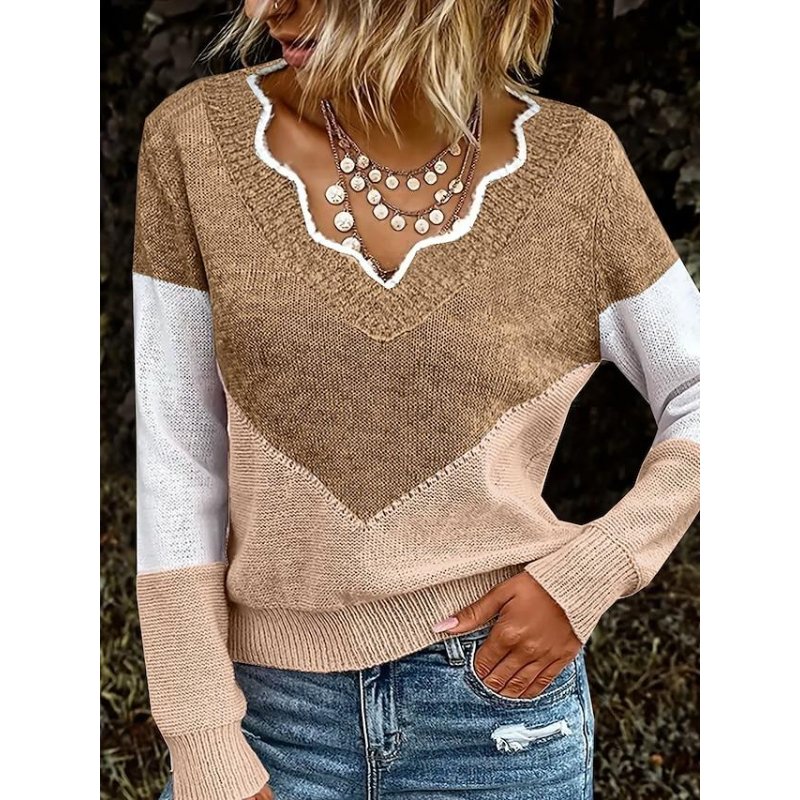The Evolution of Fashion – A Journey Through the History of Clothing
Tag: fashion, clothing, evolution, history
The world of fashion is constantly changing and evolving. What we wear today may not have been considered fashionable just a few decades ago. From simple pieces of cloth to intricate designer creations, clothing has come a long way in terms of style and function.
The earliest form of clothing can be traced back thousands of years ago when humans started to cover themselves with natural materials like animal skins and plants for protection against harsh weather conditions. As civilizations developed, so did their sense of fashion. In ancient Egypt, wealthy citizens wore elaborate garments made from fine linen while commoners dressed in simpler fabrics.
During the Middle Ages, Europe saw an explosion in fashion thanks to trade routes that allowed for the exchange of ideas and materials between different regions. This led to the development of new techniques like weaving and dyeing that transformed basic fabrics into colorful works of art.
The Renaissance period brought about a rise in luxury items such as silk and velvet which were reserved for nobility and royalty. However, it wasn’t until the 19th century that ready-to-wear garments became more accessible due to advancements in mass production techniques.
In the early 20th century, major changes occurred in women’s fashion with designers such as Coco Chanel revolutionizing traditional styles by introducing more practical designs inspired by menswear. The Roaring Twenties also saw a shift towards shorter hemlines and looser silhouettes for both men and women.
With each passing decade came new trends influenced by societal norms, technological innovations,and cultural movements. The 50s saw an emphasis on femininity with full skirts and fitted waists while the 60s embraced bold colors,patterns,and experimentation with unconventional materials like plastic.
The ’70s ushered in a laid-back bohemian aesthetic while punk rock emerged as oneofthe main influences duringthe ’80s. Since then, fashion has become more inclusive and diverse with a mix of vintage revivals and futuristic styles.
Today, the fashion industry continues to evolve at a rapid pace with designers pushing boundaries and creating unique pieces that reflect our current society. Clothing is no longer just about functionality but also serves as a form of self-expression and identity.
In conclusion, the evolution of fashion has been a journey through time, shaped by various factors such as culture, technology,and individual creativity. From its humble beginnings to its current status as an ever-changing art form, clothing remains an integral part of human history – one that will continue to evolve in the years to come.

